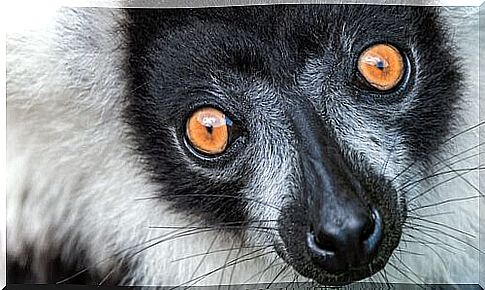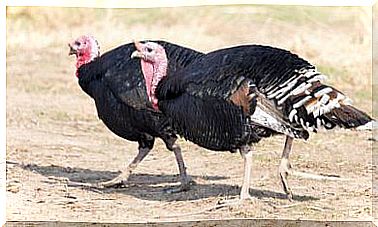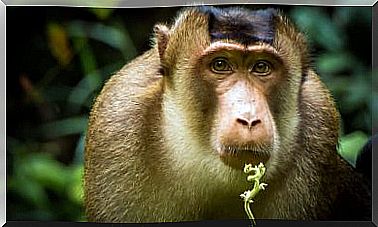The Giant Lemurs Of Madagascar

Lemurs are one of the most striking primate groups on the planet. Currently, the smallest primate is a 20 gram lemur. But many people don’t know that there were also giant lemurs, which could reach up to 200 kilos.
Lemurs are wet-nosed primates that have large snouts and an always frightened expression, unlike apes or great apes. They always seem to be on the alert because their main senses to communicate are ear and smell.
What were the giant lemurs like?
There were many species of giant lemurs. Some of them, although larger than today’s lemurs, weren’t that big.
The genus Pachylemur, for example, had lemurs that could weigh up to 13 kilos, making it larger than an indri.
However, there were lemurs whose size was very impressive. We know the giant lemurs thanks to the subfossil record, which are bones that have not yet been completely fossilized, as their extinction is relatively recent.
Some of these remains have appeared very recently. In 2015, a group of scientists found an authentic undersea cemetery that housed hundreds of remains of these enigmatic animals.

Giant lemur species
The largest species was Archaeoindris fontoynontii, the size of a gorilla. It is believed that this animal could climb trees, but spent much of its time on the ground.
It was a leaf-eating animal , described from its jaw in the early 20th century. According to carbon 14 evidence, this primate still existed in 350 BC
The Palaeopropithecus is similar to the above, but weighed about 50 kilograms. Therefore, it is believed that it was an animal more adapted to life in trees, with long fingers for hanging. There were three species of this genus, whose most modern remains date from the 14th to 17th centuries.
There were many giant lemurs. The Babakotia genus had animals that weighed more than 20 kilos. Meanwhile, ape lemurs were more like today’s apes, fully terrestrial and with short legs.
The koala lemurs, due to their similarity to this animal, are further away from the rest of the lazy lemurs, even though they weigh up to 50 kilos.
It is believed to be striking in appearance, with a snout similar to that of a rhinoceros and eyes on the sides of its head.
How did giant lemurs go extinct?
These lemurs are believed to have gone extinct due to man’s arrival in Madagascar, which happened about 3,000 years ago.
Being very slow animals, they were exposed to hunting. Furthermore, it is believed that the traditional style of agriculture, based on burning forests, may also have had an influence.

Among other things, there are several species of these large lemurs whose remains appeared with cuts in the bones, evidencing that they were fleshed and possibly hunted.
Even, some people assure that some cave paintings found in Madagascar refer to the hunting of giant lemurs .
Some legends about giant lemurs can still be heard talking to former inhabitants of Madagascar.
Some assert that the extinction of these animals is even more recent, or even that there are still some giant lemurs. This, however, seems much more just a legend than a reality.









